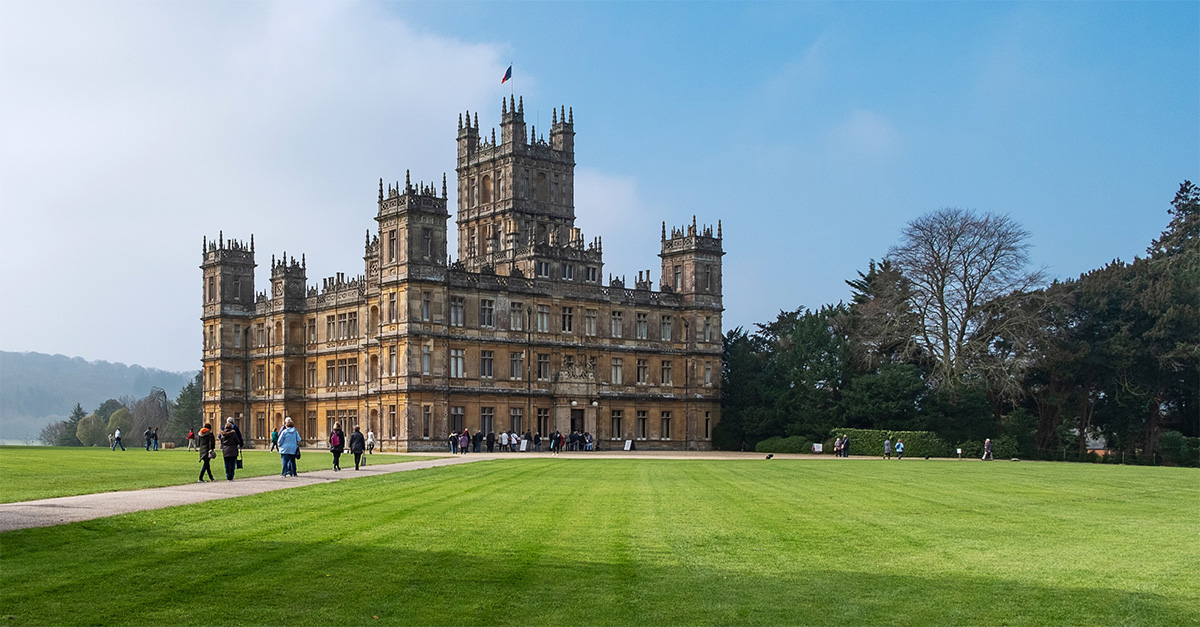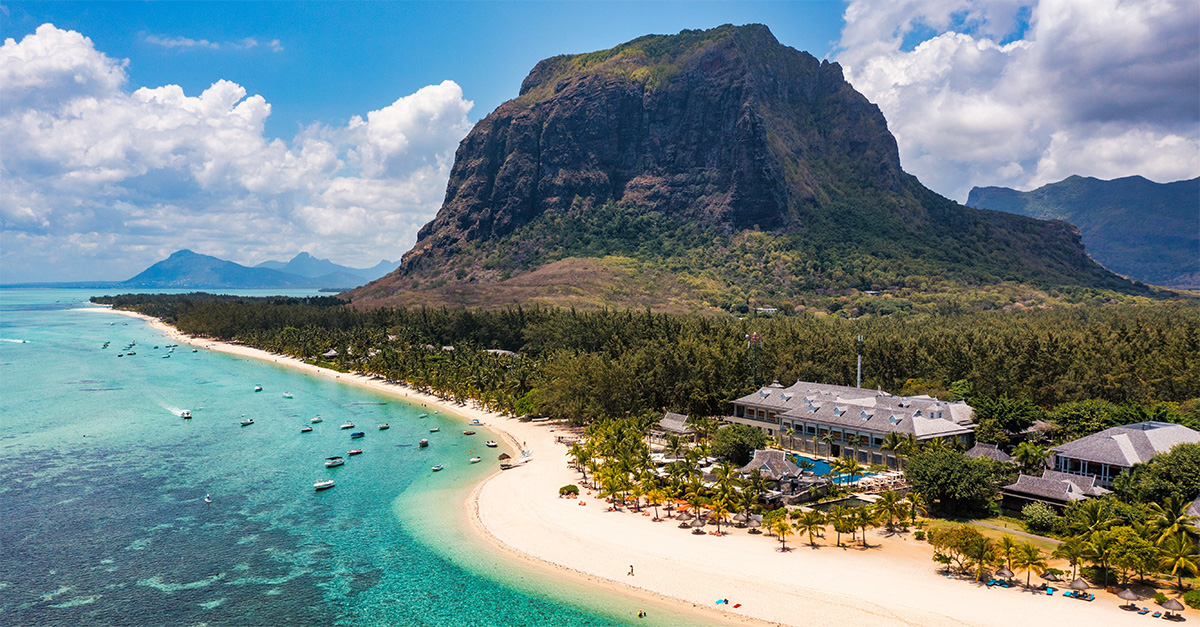Every now and then you find a destination that seems to have it all: sunshine and beaches, a rich cultural heritage and plentiful scenic diversions. Zadar has all of the above, along with all of the café, bar, shopping and nightlife trappings that go hand in hand with an up-and-coming city-break destination.
The destination also works well as a fly-drive, says Regent Holidays general manager Andrea Godfrey, with Ryanair serving Zadar and Croatia Airlines flying into Split, a 90-minute drive away.
“Zadar’s proximity to national parks, pretty Trogir and the historic town of Sibenik mean there are lots of potential combinations,” she says.
While UK arrivals to Croatia stood at 250,000 in 2009, 4% down on the previous year, visitors are staying longer, as evidenced by the 3% rise in bednights. Even stars are getting in on the act, like Eva Longoria, who cruised into port late last month on a yacht.
Parks and festivals
The buzzing regional capital of northern Dalmatia, Zadar is known for its annual Garden Festival, a music festival, held in July in nearby Petrcane. Now the sun-soaked venue for a handful of smaller festivals that continue through the summer, the Zadar region is much more than a festival venue, however. The city is home to the country’s premier arts centre and is a gateway to five of Croatia’s eight national parks.
From here clients can explore some of the best Croatia has to offer, including limestone gorges, cycling and hiking trails, saltwater lakes and plunging waterfalls, sandy bays and beaches, ancient towns and the islands of the Kornati archipelago.
Croatian National Tourist Office director Meri Matesic says Zadar is an undiscovered gem.
“Its central location, surrounded by five national parks and within a three-hour drive of both the north and south, gives it an advantage over other Croatian cities,” she says. Most hotels have been rebuilt and renovated, mainly to four-star standard, and the university city is buzzing year round.”
Look out for a growing number of events including performance arts, jazz, classical and rock concerts that could give rival destinations such as Italy a run for their money.
The International Festival of New Theatre and Performing Arts takes place in August and this summer saw Natalie Cole, a Gregorian choir and musician Seal perform in the atmospheric Old Town, with more acts and a bigger line-up expected for 2011.
In the city
Zadar’s compact and easily navigable Old Town is rammed with sights. Highlights within the imposing city walls include the old Roman Forum, the pre-Romanesque St Donatus church (a concert series is held here in the summer), the National Square with its showcase palaces fronting a gleaming marbled square, and panoramic views from the bell tower of St Anastasia’s cathedral.
Equally appealing is a slow amble through the Old Town’s tangle of atmospheric laneways while fortifying yourself with excellent coffee, lunch at a typical konoba (local restaurant) and as many ice-creams as you can stomach from the gelaterias.
Extending along the southwest side of the city is New Town Quay. A hub for cruise ships and excursion boats, this coastal promenade is the focal point for some of Zadar’s intriguing modern attractions.
Orchestrated by local architect Nikola Basic in 2005, the eccentric Sea Organ and adjacent Greeting to the Sun have quickly established themselves as must-see landmarks.
The only one of its type in the world, the sea organ is powered by wave movement which pushes air through 35 underwater whistles and pipes to emit a musical hum. It’s particularly popular at sunset, when visitors come to hang out on the organ’s low white steps that lead into the sea.
Where to stay
Zadar has plenty of places to stay outside of the Old City. The 190-room Hotel Kolovare is set in a leafy neighbourhood to the east of the city walls, while the new Zaton Holiday Resort, a good family option set on a shallow sandy bay, is a few miles outside of Zadar near the historical town of Nin.
There’s a good selection of small, family-run hotels and the four-star Hotel Bastion is the city’s first luxury boutique property. It is a tasteful conversion built on 13th-century castle ruins and overlooks the legendary Garden Bar.
Around Zadar
Must-sees for day-trippers include the ancient town of Nin, which boasts the world’s smallest cathedral. Situated on a historical islet, tiny Nin is also the gateway to the Paklenica national park where alpine peaks and dense forests are laced with walking trails.
The quirky stone town of Pag, accessed by a bridge, is famous for its cheese, lace makers and beaches – making it a popular villa-rental spot. Those visiting historical Split (or arriving at its international airport) can break the journey to Zadar at picturesque Sibenik, for a culturally packed day out.
Excursion possibilities in the region include the Unesco-listed Plitvice Lakes and Krka’s waterfall.
Croatia is one of the loveliest sailing spots in the Mediterranean and Kornati is the jewel in Zadar’s crown. Much of the archipelago is uninhabited, with plentiful opportunities to anchor off empty bays for snorkelling or stop off at a one-island-one-house konoba for a lazy fish lunch. You can even overnight in a lighthouse.
Sample product
Croatia Airlines flies to Split from £151 return, and rooms at Hotel Kolovare start from £99 twin-share. Doubles at the Hotel Bastion with breakfast start at €252.
hotel-kolovare.com, hotel-bastion.hr
An eight-day fly-drive package with Regent Holidays, taking in Trogir, Krka national park, Sibenic, the Plitvice Lakes and three days exploring Zadar, staying at Hotel Porto, costs from £885 twin-share. The package includes stays at three and four-star hotels with breakfast, return flights to Split with Croatian Airlines and car hire. The price is valid from September 1. regent-holidays.co.uk




